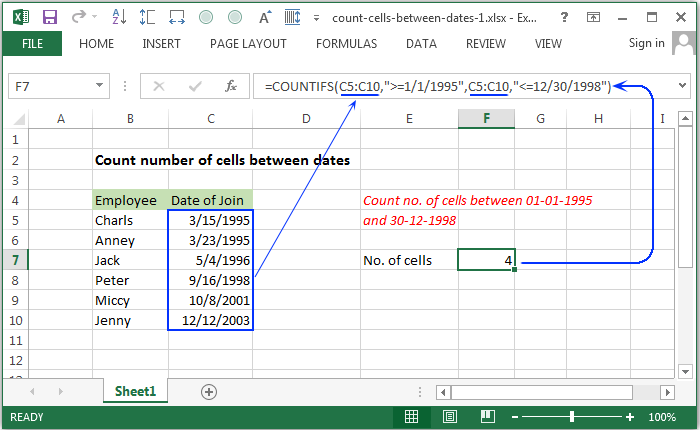

But if the element is a non-numeric character, then it cannot be multiplied with 1 and thus returns an error. The picture above shows that the same formula works for numbers. If the element is a number, it can easily be multiplied to return the same number. This is because it checks if the array element can be multiplied by 1.

SUBSTITUTE – This function replaces a particular substring of a given text with another substring.LEFT – This function extracts a given number of characters from the left side of a string. sequence eventually will be compared with one from an affected individual in a search for.MIN – This function returns the smallest value in a list.FIND – This function searches for a character or string in another string and returns its position.In such cases, we will need to use a combination of nested Excel functions to extract the numbers. But the posts are in the work laptop.Here, each cell has a mix of text and numbers, with the number always appearing at the end of the text.
#Finding sequential numbers in excel series#
I have composed the next installment of project management and spreadcheats series during the weekend. Lots of interesting questions and answers to day to day excel problems. PPS: There are more than 100 posts on the PHD Forums already. PS: I just crossed my personal record for hard disk crashes in a week. Similarly, you can use COLUMNS() formula when your data is across columns. There are lots of interesting uses for ROWS() formula. I would like the first cell to be ‘=+B1’ the next to be ‘=+B4’ the next to be ‘=+B7’ etc… so that the increment is 3. Hi, I need help on filling a formula down with a constant increment.

See this example:Īctual question on PHD forums: Fill down a formula with increment But by using ROWS() formula, you can remove the need for helper column and easily scale your formulas.

We want to create a formula that will check whether each number is part of a consecutive sequence. Often we use helper column with the sequential numbers to do this. List1 (column A) is a series of numbers that has been sorted in ascending order. Using the ROWS () to just generate sequential numbers is lame.īut in most scenarios, we need sequential numbers to do something else (like passing them to an INDEX or OFFSET formula). You will now have sequential numbers in that range. Assuming you want to have the sequential numbers in range B1:B10, in B1 write =ROWS($B$1:B1) and copy down the formula in the range in B1:B10. How can you use ROWS() formula to generate sequential numbers? ROWS excel formula takes a range as an argument and tells you how many rows are there in that range. Use ROWS() and COLUMNS() formulas next time you need sequential numbers. Here is a quick excel formula tip to start your week.


 0 kommentar(er)
0 kommentar(er)
